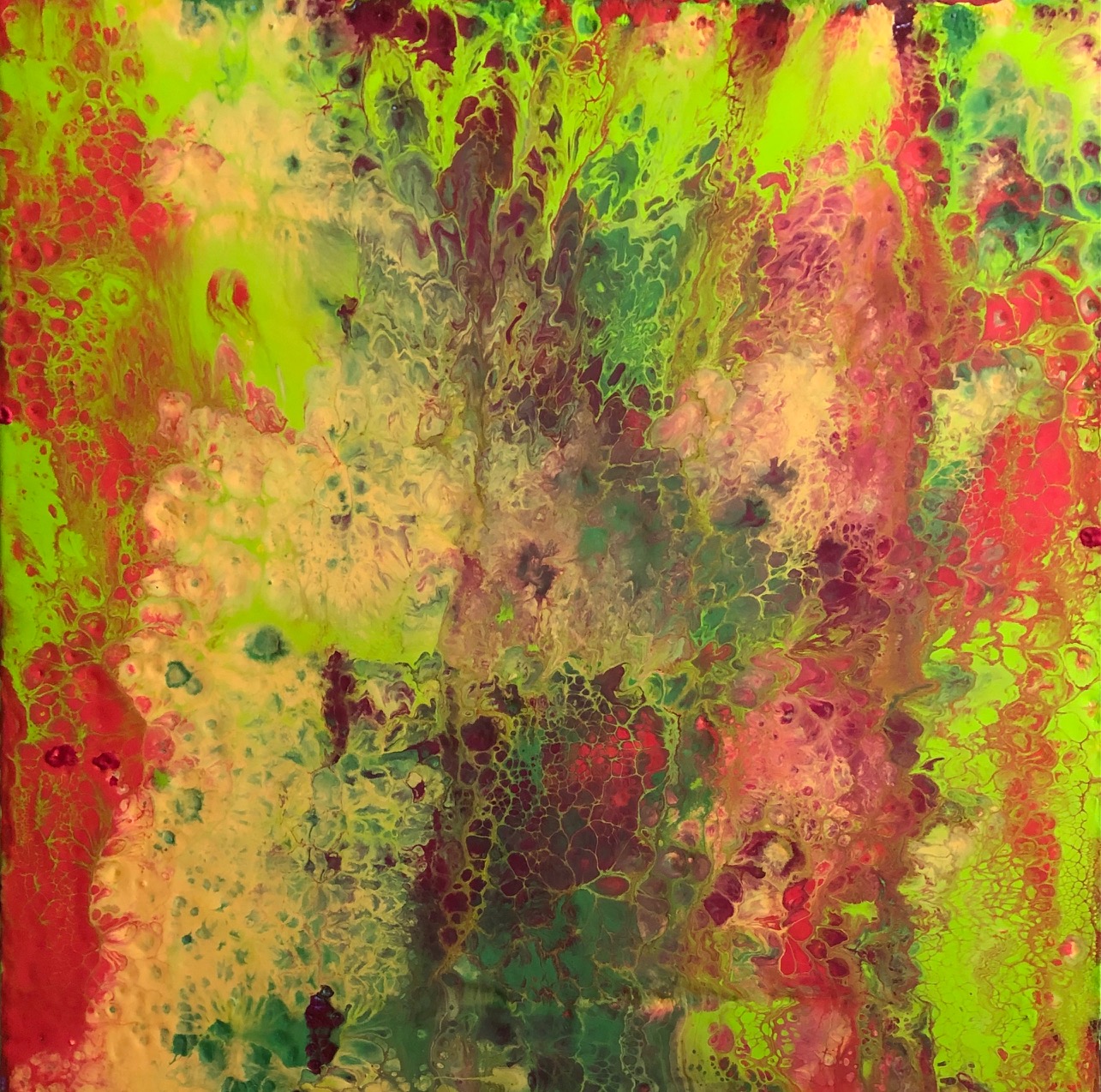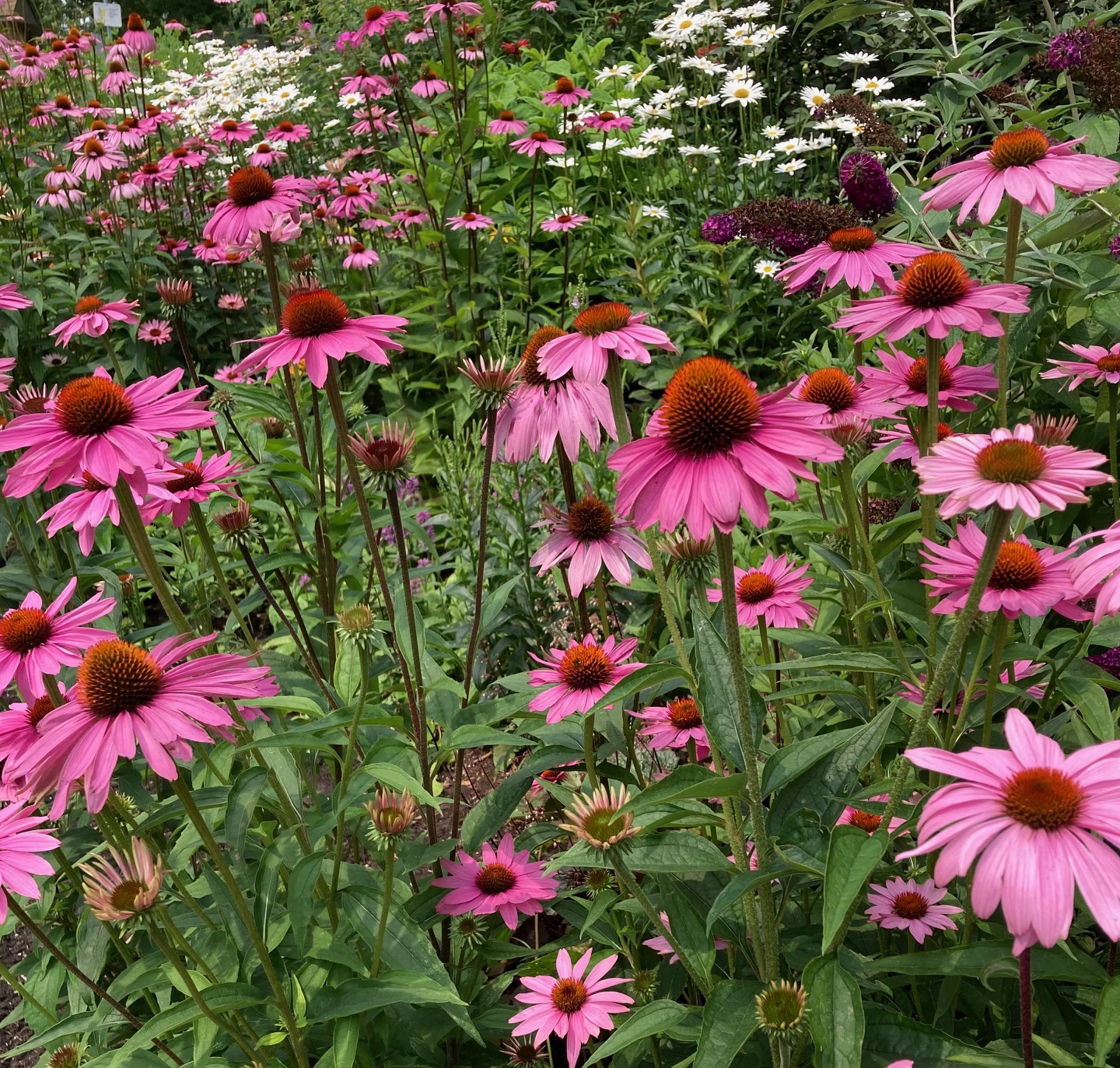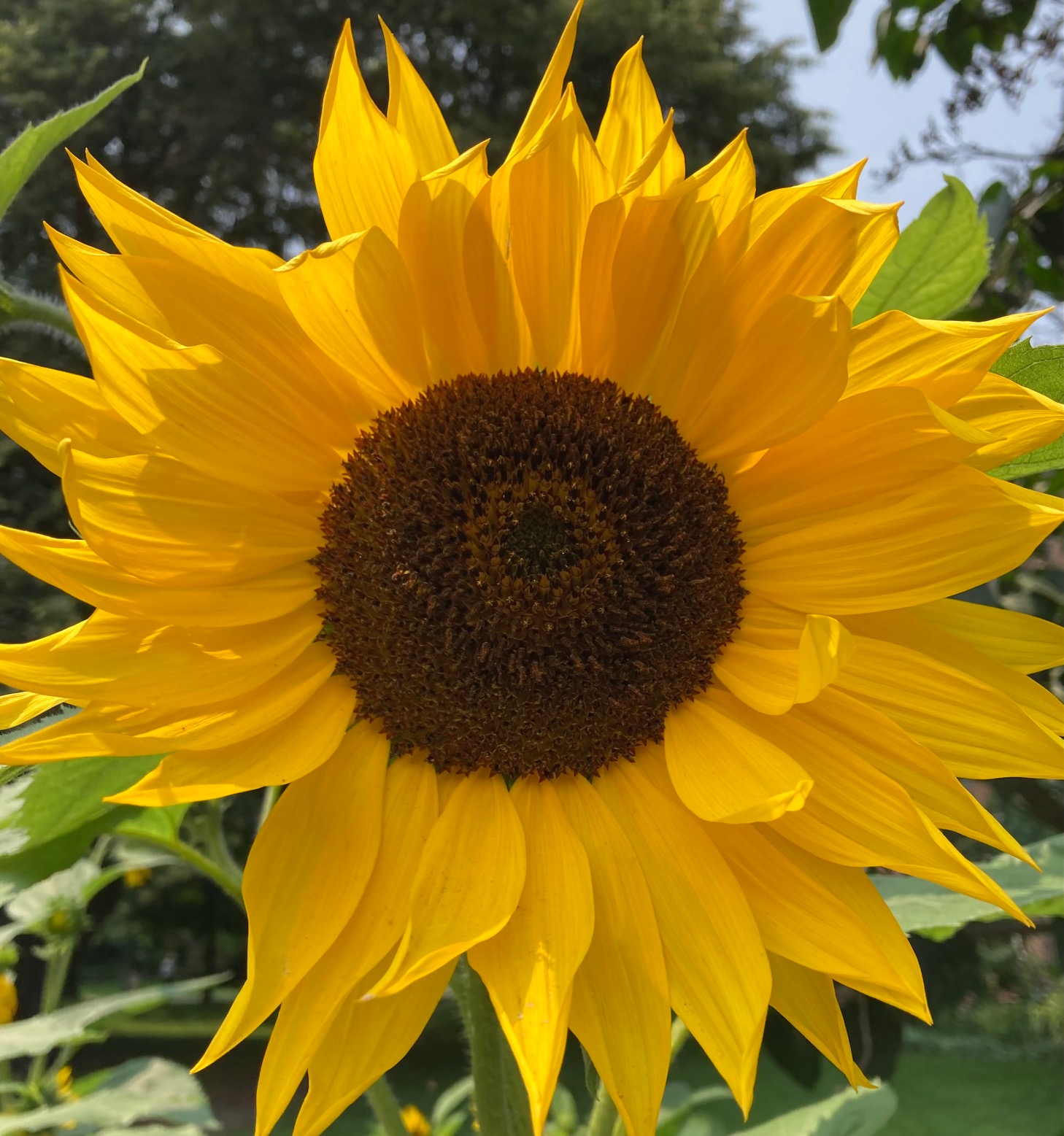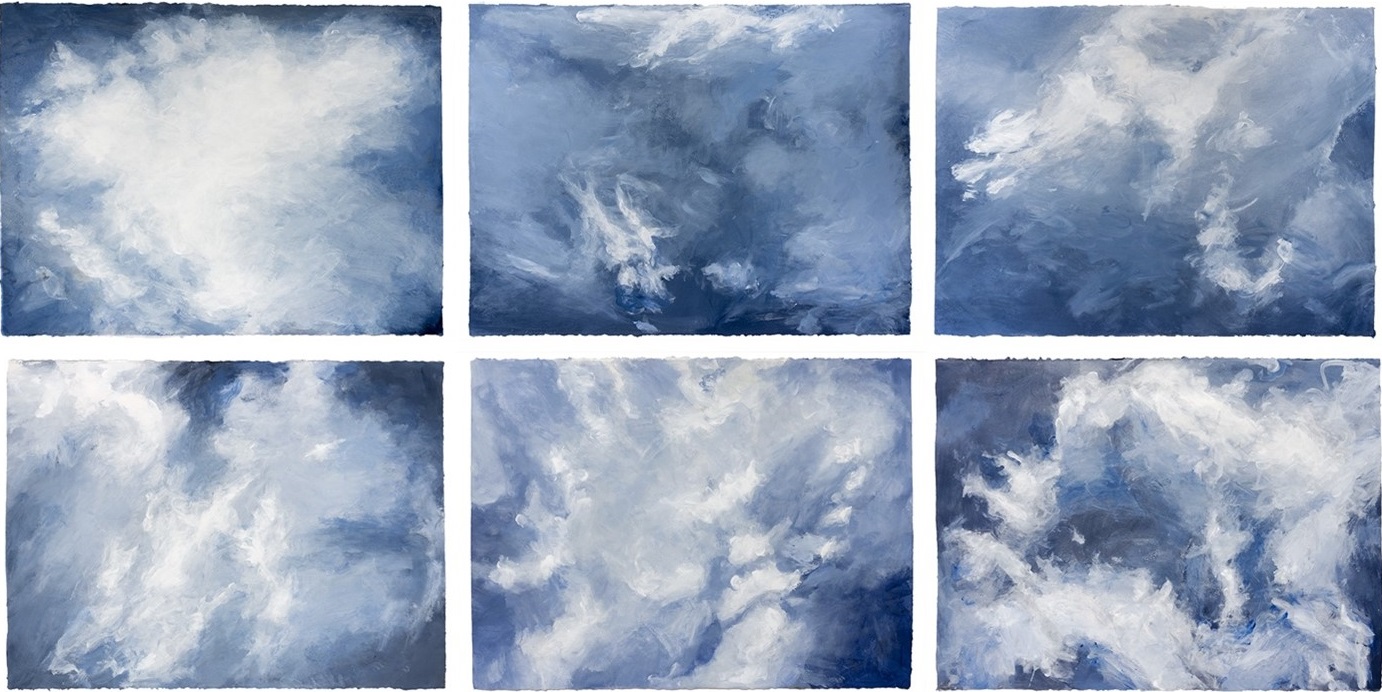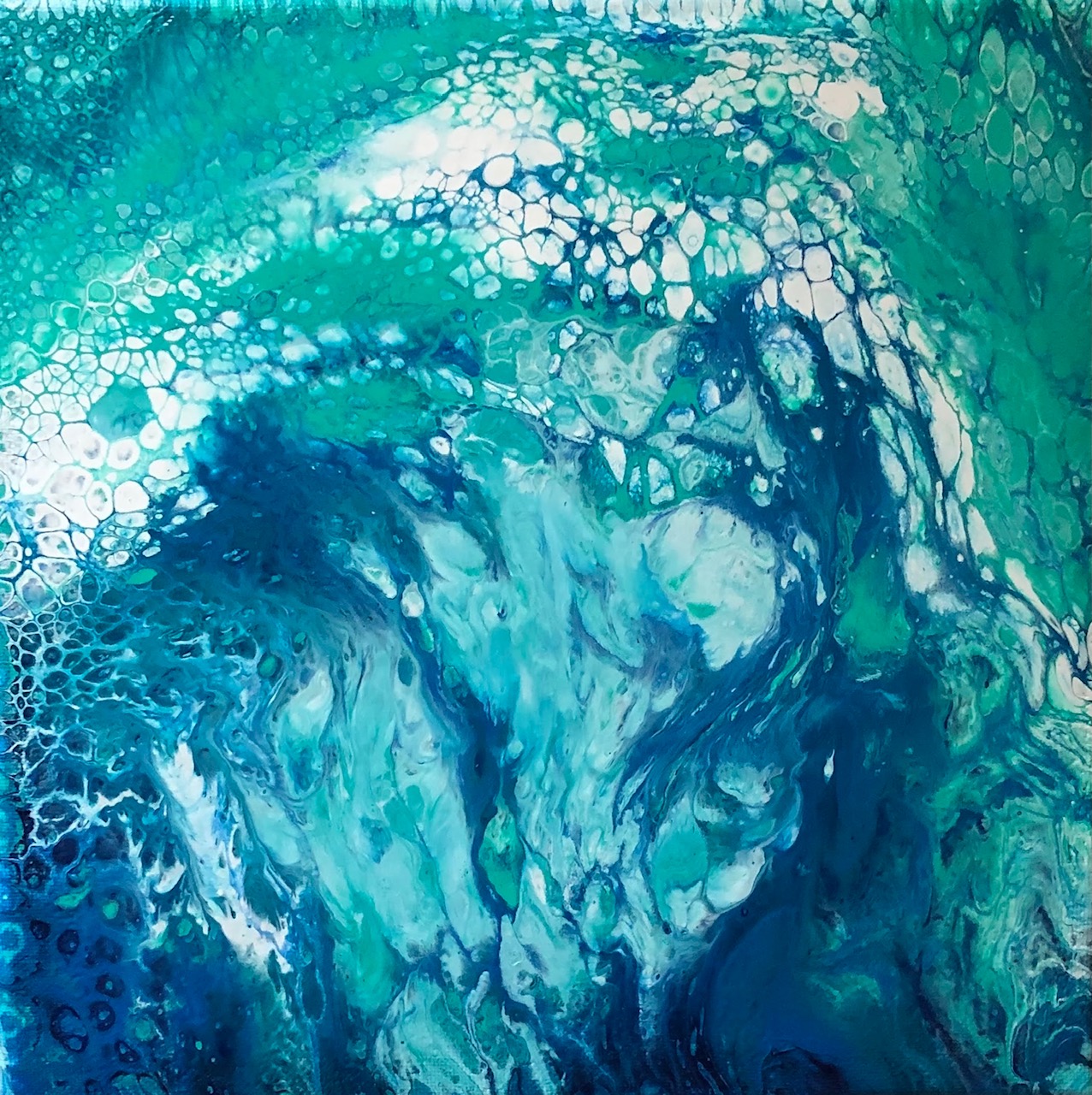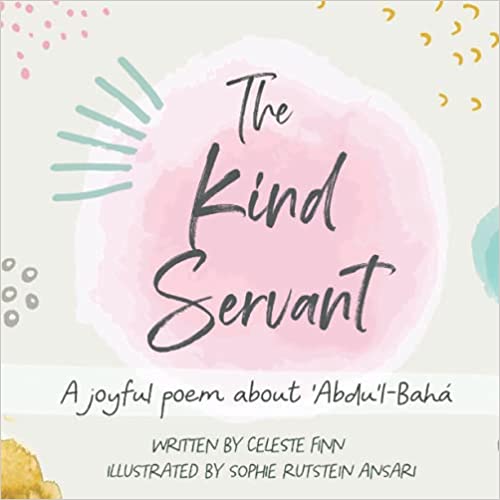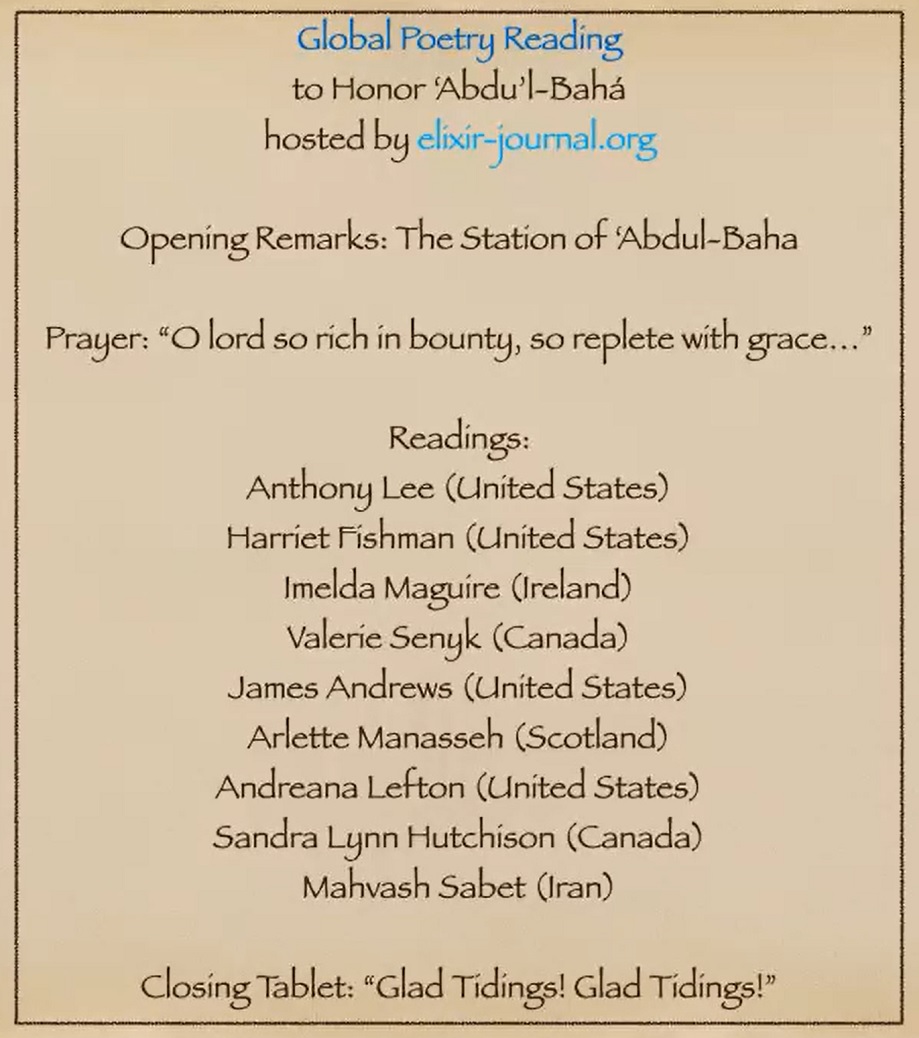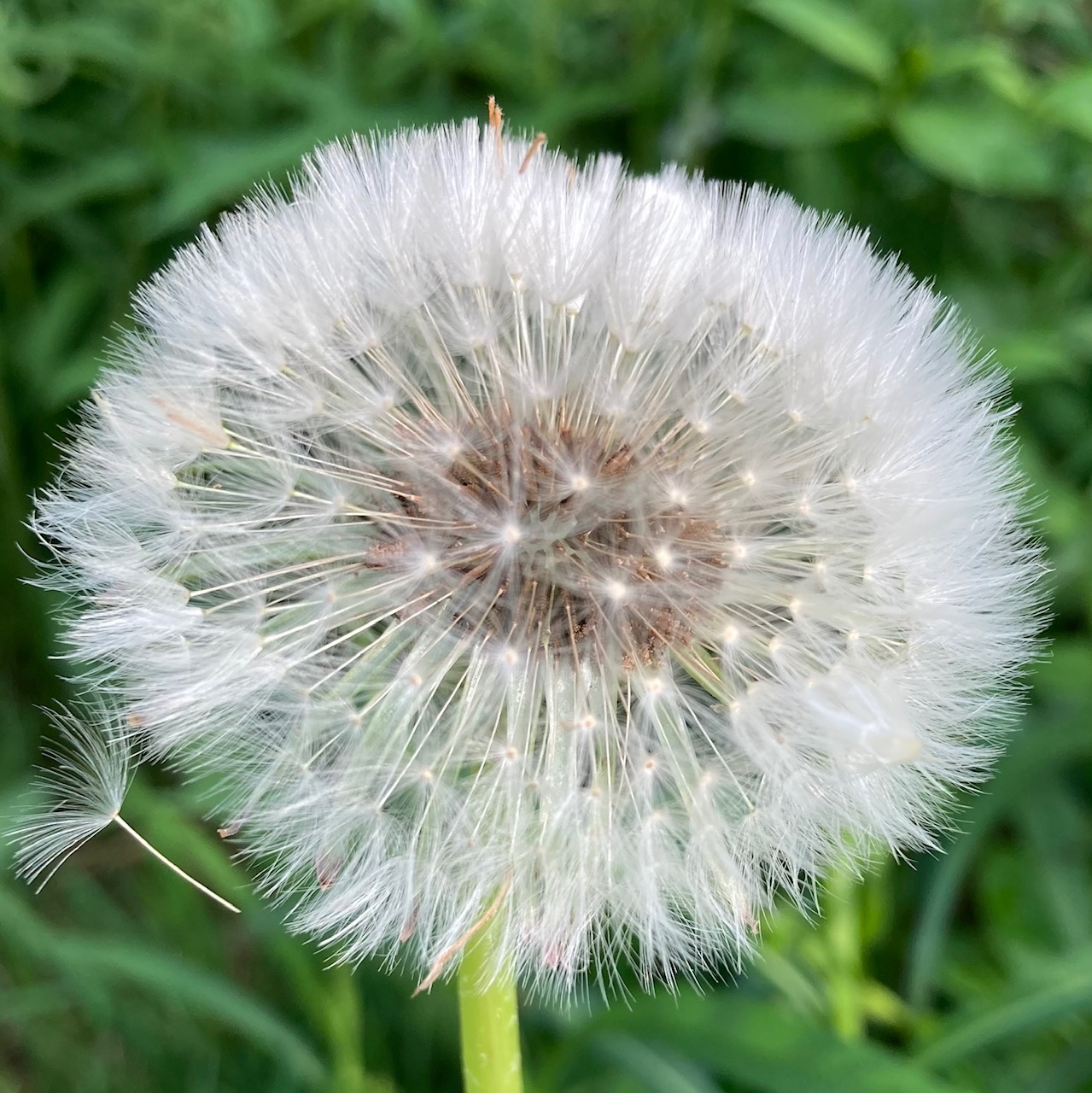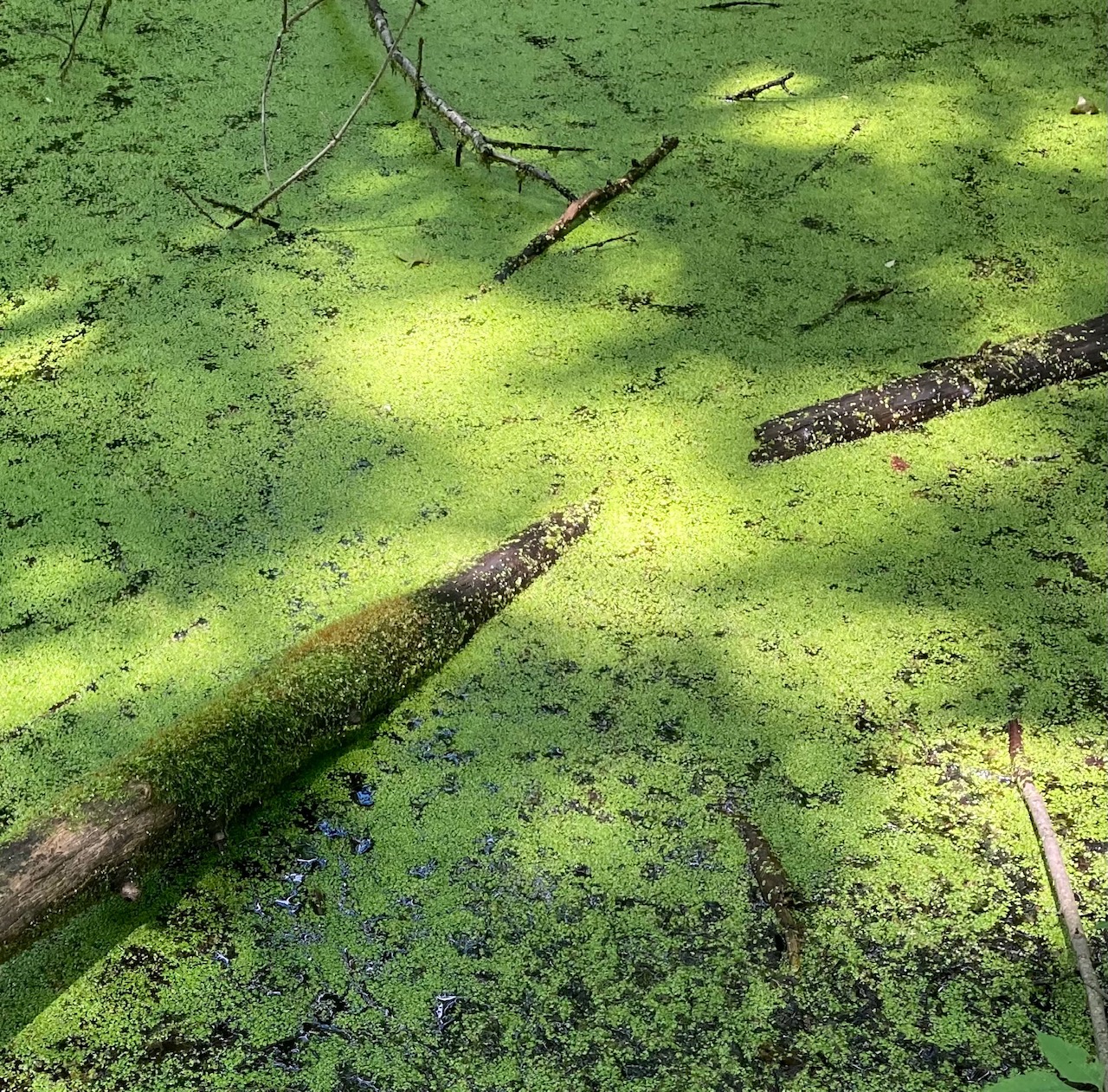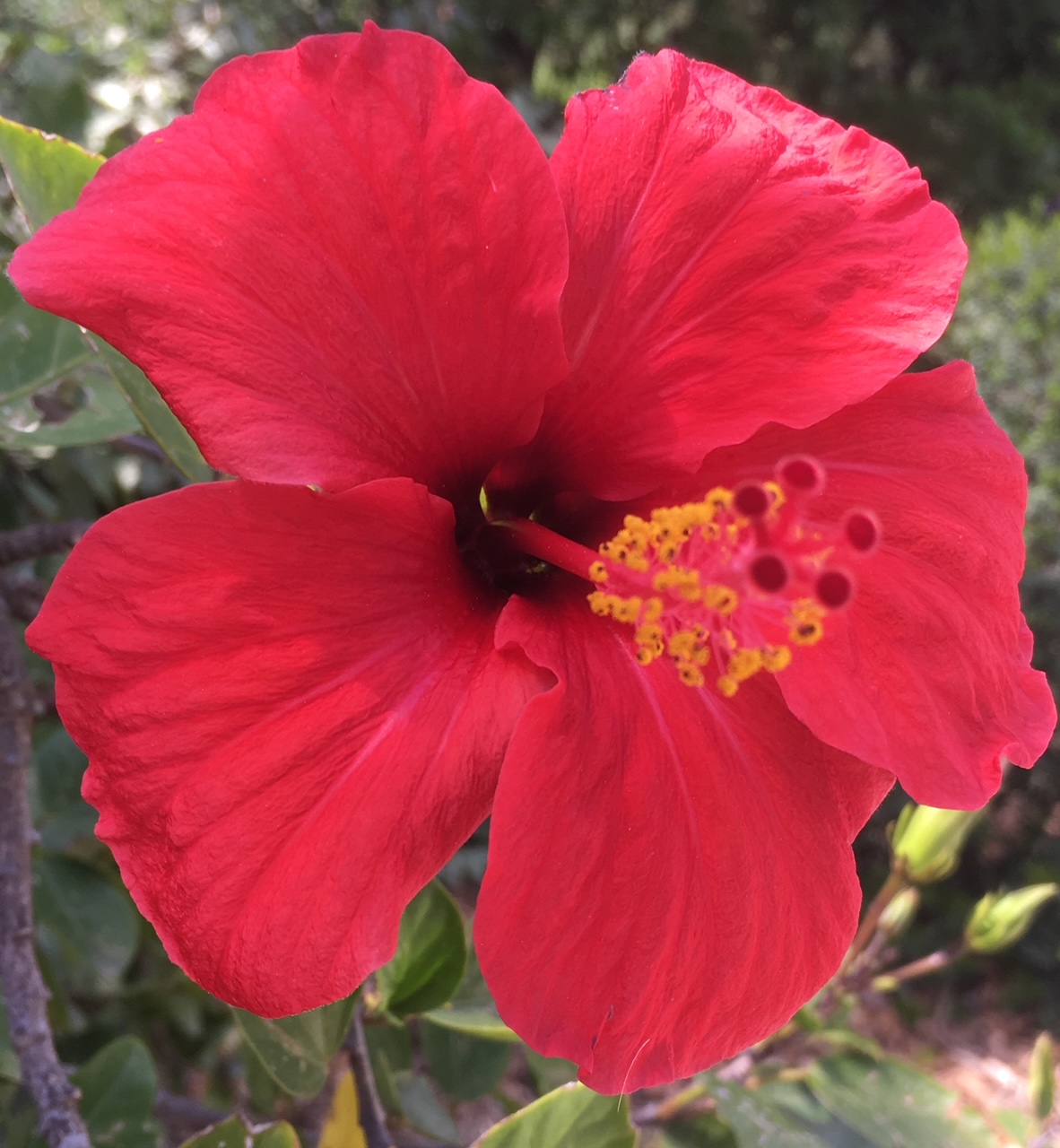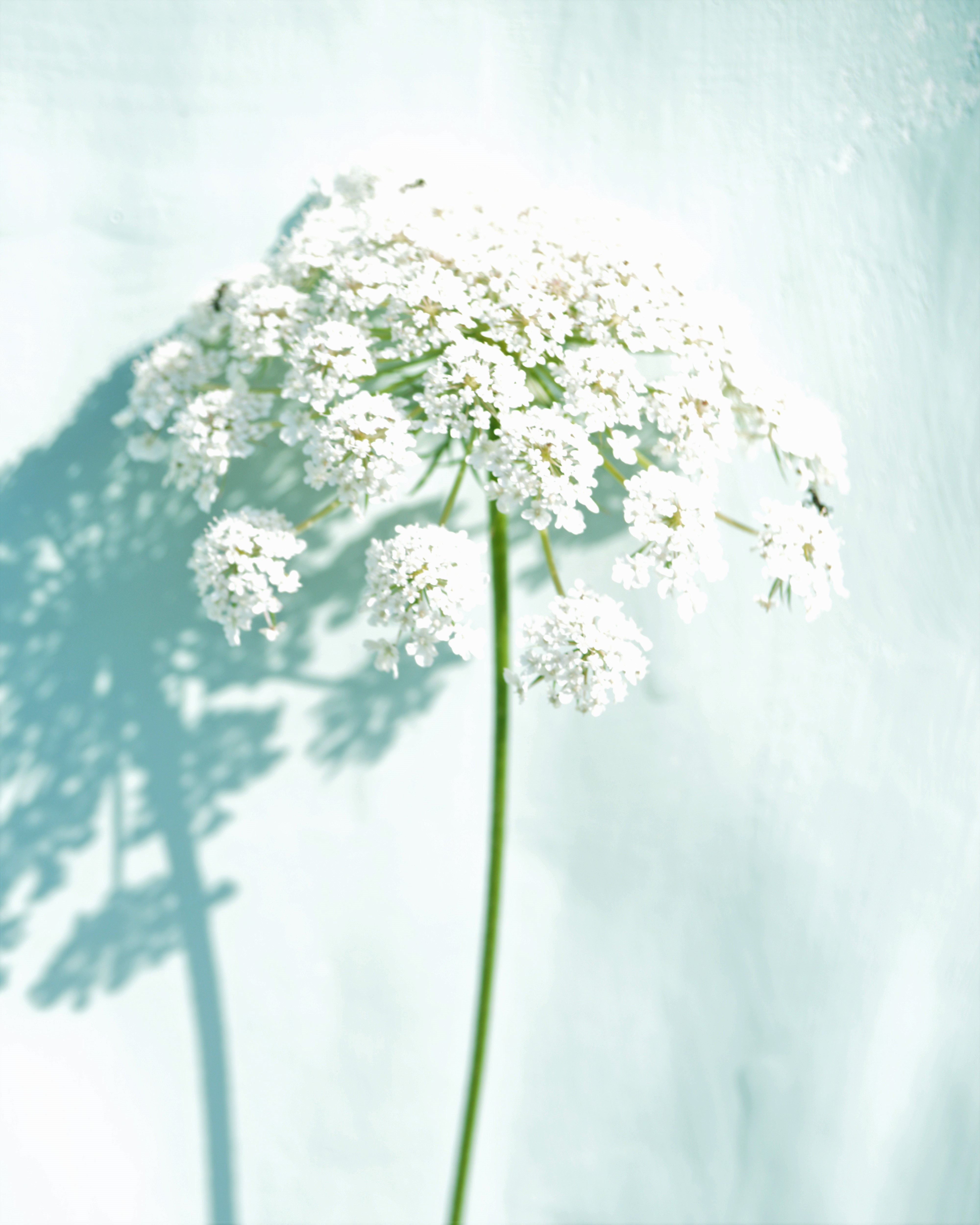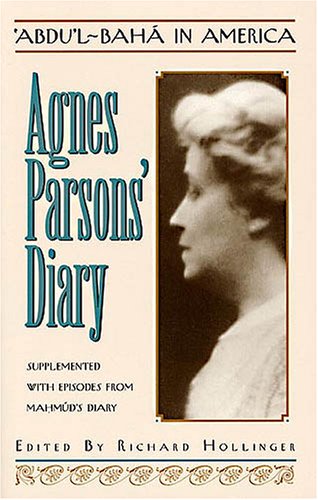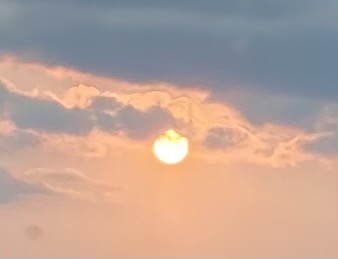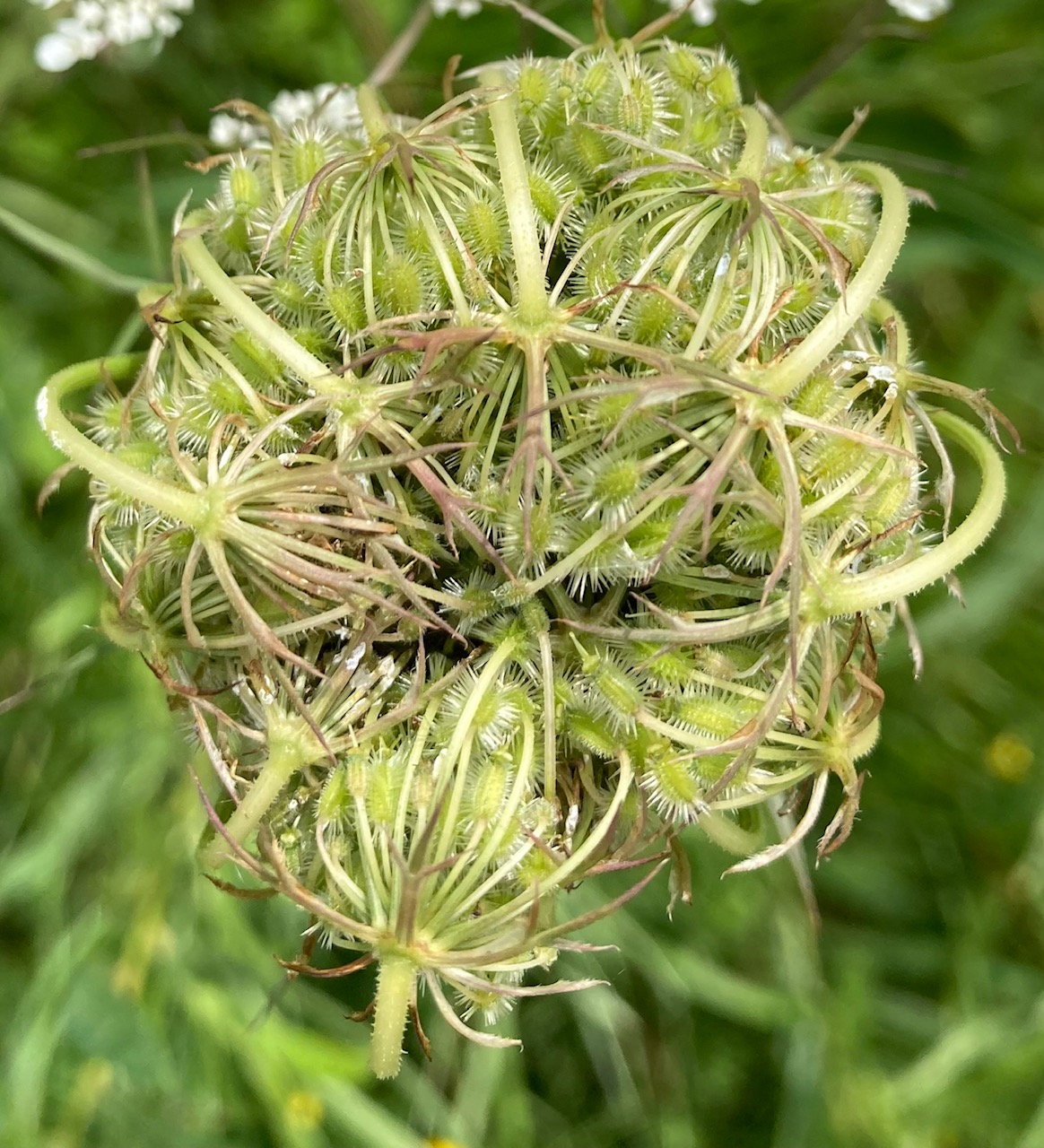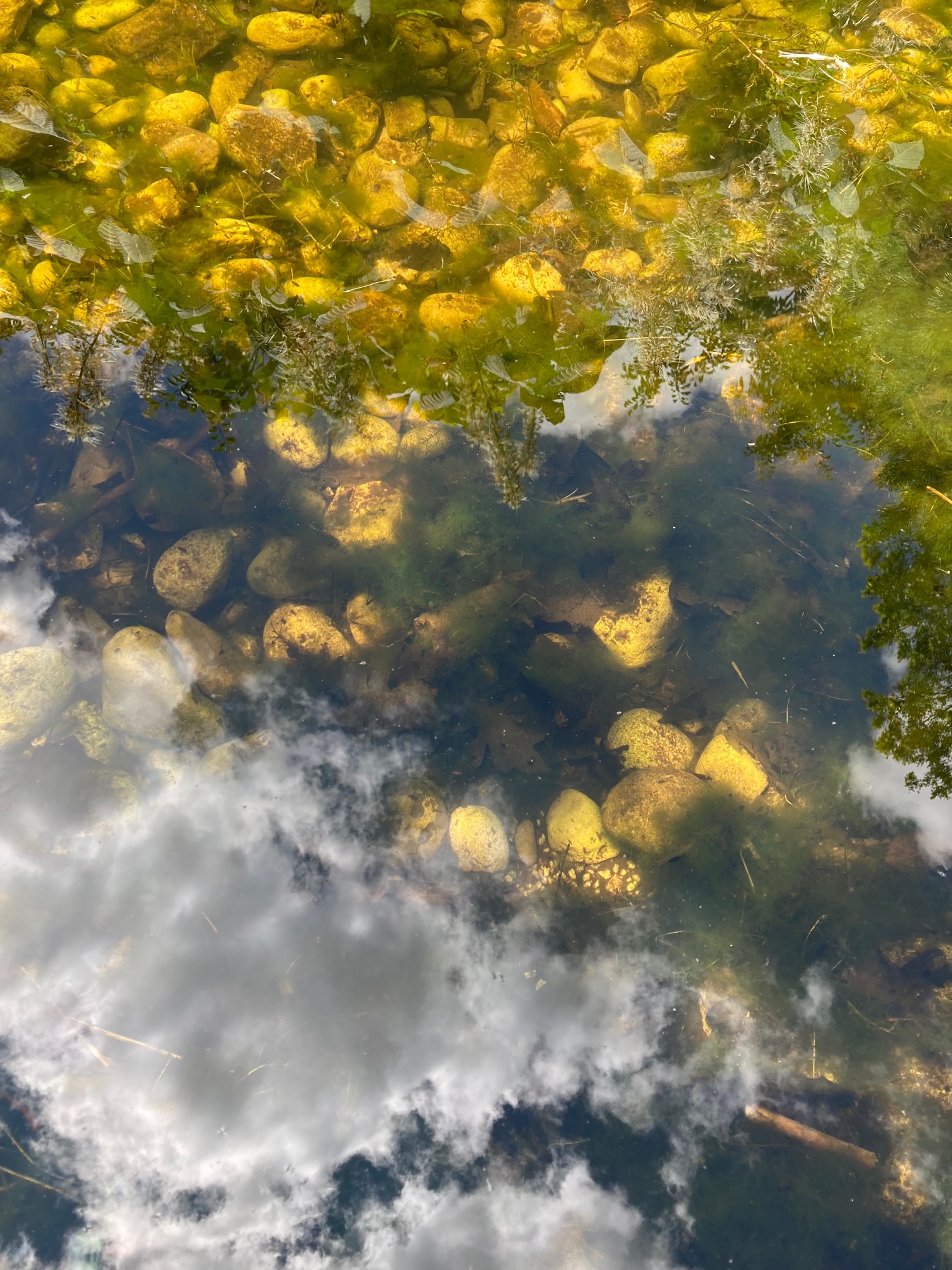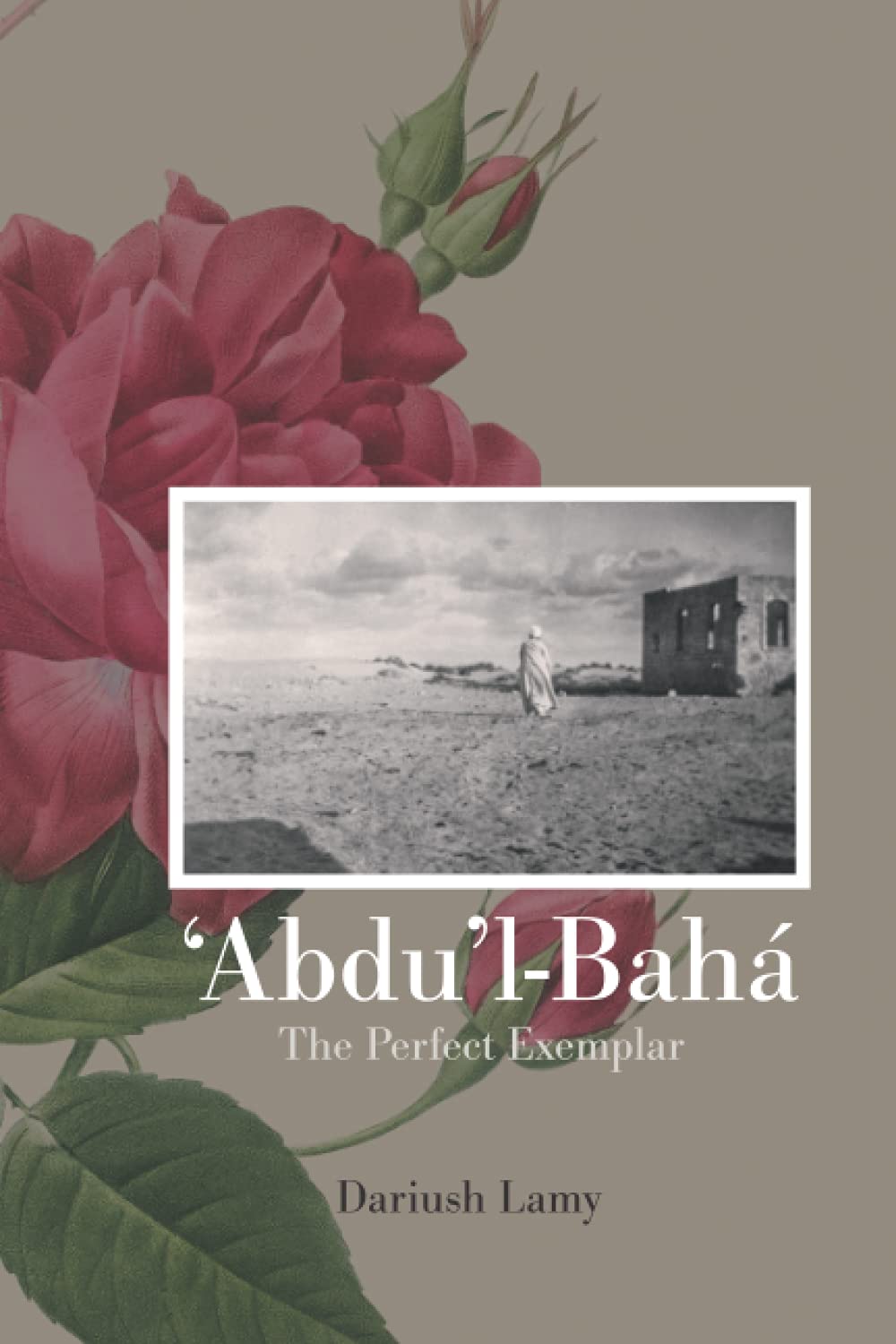Sacred Stories: Beyond Joy and Pain

Sacred stories hold us in their loving arms. They lighten our burden, lift us up, launch us into flight. But they don’t always have happy endings. Such endings are reserved for the genre of comedy; and woven as it is from the interplay of light and darkness, crisis and victory, life on this earth can, at best, be described as a tragicomedy — joy mixed with pain.
We are born to die. We live only to suffer. What is the meaning of it all? At times, we may wonder. In a talk He gave in Paris in 1911, to what was surely an enraptured audience, ‘Abdu’l-Bahá reflected on this very theme — joy and pain:
In this world we are influenced by two sentiments, joy and pain. Joy gives us wings! In times of joy our strength is more vital, our intellect keener, and our understanding less clouded.... But when sadness visits us we become weak, our strength leaves us, our comprehension is dim and our intelligence veiled.... There is no human being untouched by these two influences; but all the sorrow and the grief that exist come from the world of matter — the spiritual world bestows only the joy! (Paris Talks, # 35)
Sacred stories, stories woven from joy and pain — every tradition has them. There is the material poverty and spiritual riches of the Buddha; the forty years of wandering and final arrival of the Jews in their holy land; the crucifixion of Jesus and the spiritual resurrection it generated in His followers; the persecution of Muhammad and His ultimate conquest of the hearts and souls of the warring tribes of Arabia; the execution of the Báb and the spiritual power released by His sacrifice; and the utterly providential exile and imprisonment of Bahá’u’lláh.
In this year marking the centenary of His passing, I have been reflecting on the sacred story embedded in the life of ‘Abdu’l-Bahá — His joy and His pain. And in the course of my reflections, I came across a tablet that so stirred me I was moved to set down my thoughts on it in an essay — “The Wound is Where the Light Enters. In this particular tablet, ‘Abdu’l-Bahá gives us a rare glimpse into His personal suffering, in all its searing intensity, and a lesson in the divine art of detachment — and surely this is the lesson at the heart of all sacred stories. I dedicate my essay to the Bahá’ís of Iran, who continue to face unrelenting persecution in the land where the Bahá’í Faith was born.
In this issue, we feature work by one of those Iranian believers — poet Mahvash Sabet. In our Artist Profile, we share an interview by Raha Sabet Sarvestany in which Sabet tells the story of her beleaguered childhood and of coming of age at a time when the persecution of the Bahá’ís grew so intense that she found herself serving a lengthy prison sentence for the “crime” of practicing her faith. In this profile, we also share a selection of Sabet’s poems, drawn from two new books of her poetry published in the Persian language: Raha (Nehal Publishers, Spain) and The Love Story (Baran Publishers, Norway).
In “The Writing Life,” we feature “The Fountain and the Thirsty One,” in which Sabet recalls her temerity as a poet and tells of her long struggle with her art, a struggle that ends only with the complete surrender that comes after long years of imprisonment, torture, and threatened execution. Sabet’s account of receiving a sudden outpouring of inspiration in that prison cell is a sacred story indeed.
I am saddened to report that we lost e*lix*ir poet Christine Pratt this past spring. Christine was one of the first poets published in e*lix*ir; her work appeared in issue # 1 of the journal. We have reprinted her poems in this issue, as well as my poem for Christine, “Elegy with Mourning Dove and Red-Tailed Hawk.” In my poem, I draw on the landscape and imagery of Christine’s own poems, to converse with her, poet to poet, about the pain of losing her and to reflect on the joy she is certainly harvesting on the next stage of her soul’s journey.
We also introduce the work of emerging poet Dana Paxson. The record of a life intensely-lived and honestly examined, his poems speak with an arresting authenticity.
In this issue, we are delighted to share a link to a poetry reading hosted by e*lix*ir, during which nine e*lix*ir poets met across time zones in the presence of a global audience, to mark the centenary of ‘Abdu’l-Bahá’s passing with poems about His life and ministry.
We feature “An Opening in the Curtain” by debut author Martha Washington in our essay section. In this moving essay, so redolent with love and forgiveness, a sometimes-neglected child finds an opportunity to imbibe the sweet honey of love from an often-struggling mother.
We are pleased to present the work of artist and photographer Chris Page, whose evocative and multi-layered documentary realism leads the eye to a powerful encounter with beauty. This encounter is explored in an interview with Chris Page conducted by Christine Pratt on the occasion of a recent show of Chris’ work in Northampton, Massachusetts. Readers will find much to ponder in this probing artist-to-artist conversation.
We are pleased to announce that Ann Sheppard has joined our staff at e*lix*ir; the images that grace the pages of this issue are the fruits of her art.
In this issue, we are not able to offer a fresh installment of Ruhi & Riaz, the comic beloved by so many readers. Its absence inspires feelings of unease, of apprehension as we note the surging wave of persecution faced by the Bahá’ís in Iran during the past year or so.
We do offer, however, three moving essays in our “Voices of Iran” section. In “The Court of Holiness,” Mahsa Foroughian takes us to the far north of Iran, to Takur, the ancestral home of Bahá’u’lláh, on a journey of spiritual transformation — her own — as she makes pilgrimage to this holy place. In “The Silence of Being Heard,” Nazanin Eslami takes us to the southwest of Iran, to the city of Shiraz, where she makes pilgrimage to the site where the House of the Báb once stood, now a derelict lot that nonetheless retains its spiritual potency and confers blessings not only on those who visit it, but on those who happen to live near it.
Melika Rezvani’s essay, “The All-Highest Paradise,” is the kind of piece we rarely come across, for it tells a sacred story second to none other: the story of a person who gives their life for their faith. As we read Ataollah Rezvani’s story, we cannot help feeling profound sadness, but also awe and wonder at such a sacrifice.
We are fortunate to have, once again, in “State of the Art,” an annual update from Allison Grover Khoury on recently-published Bahá’í books for children.
Finally, in “Looking Back on Books,” we draw the attention of our readers to some titles relevant to this centenary year. We survey the contents of Pearls of Bounty and Light of the World, two books of Writings by ‘Abdu’l-Bahá published in honor of this special year. A repository of riches impossible to describe, these books are a special gift to readers of the Bahá’í Writings as they mark the centenary of ‘Abdu’l-Bahá’s passing.
We also review two books by Kalimat Press, the first a classic that bears revisiting during this centenary year. Carefully edited by Richard Hollinger and richly contextualized with research, Agnes Parsons Diary is a must-read for anyone interested in learning more about ‘Abdu’l-Bahá’s visit to America in 1912 and how He inspired the Bahá’ís of the day to take bold steps to dismantle segregation.
We make available here a link to the foreword to Agnes Parsons Diary, since so many readers have said it helped them better understand the relationship of the American Bahá’ís to ‘Abdu’l-Bahá as well as the socio-cultural milieu in which He moved during His time in America.
We look, too, at Dariush Lamy’s highly accessible ‘Abdu’l-Bahá: The Perfect Exemplar, a new book from Kalimat Press that offers an engaging and wide-ranging account of the life and ministry of the Master.
In closing, as we pause during this centenary year to ponder the life and ministry of ‘Abdu’l-Bahá, let us acknowledge the joy and pain of our earthly lives even as we watch these emotions pass like shifting clouds. Let us practice the divine art of detachment and bear witness to the abiding spiritual joy that lives at the heart of our own sacred stories.
— SLH
